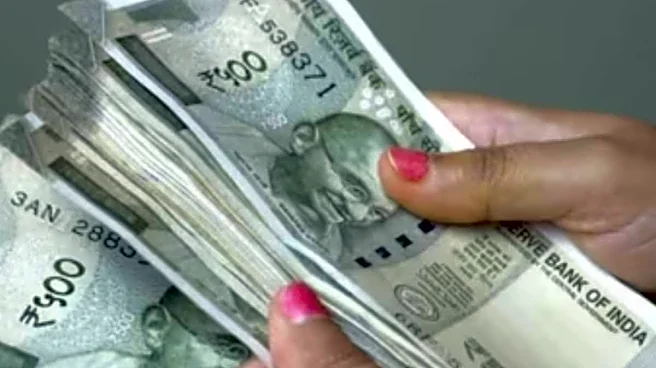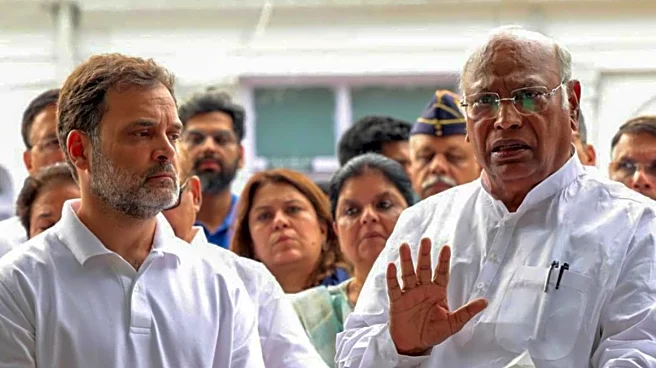One of the major reasons the NDA swept the 2025 Bihar elections is the popularity of the Nitish Kumar government’s direct cash transfer schemes, under which amounts ranging from Rs 1,000 to Rs 10,000 were
deposited into the accounts of farmers and women.
Just before the elections, under the Mukhyamantri Mahila Rojgar Yojana, women received a pension of Rs 10,000, with a promise that the remaining Rs 1,90,000 would be disbursed in instalments.
However, direct cash transfers to citizens are not unique to India. In many countries, governments deposit large sums straight into the bank accounts of their people.
Global Examples Of Direct Cash Transfers
- Alaska, USA: Every citizen receives a Permanent Fund Dividend regardless of the ruling party, sharing oil revenue directly with residents. Each person receives between $1,000 and $2,500 (approximately Rs 90,000 to Rs 2,70,000) per year. This model inspired several Universal Basic Income (UBI) experiments worldwide.
- Finland: From 2017 to 2018, 2,000 citizens received €560 per month for two years to study the effects of unconditional cash payments on employment and life quality.
- Iran: In 2010, after removing subsidies, the government began direct cash transfers of $40-$45 per person per month, creating the world’s largest national cash transfer system.
- Macau: Annual payments of 7,000-10,000 Macanese Pataca are given from casino tax revenue.
- Hong Kong: Each adult resident received HKD 10,000 in a one-time scheme.
- Singapore: Citizens receive periodic cash payments, including SGD 600-1,200 (Rs 40,000-80,000) disbursed during Covid-19, with low-income residents continuing to receive regular support.
- Canada: Residents in the Yukon and Northwest Territories receive cash from energy subsidies occasionally.
- Saudi Arabia: Monthly cash payments from oil revenue are given to citizens, with amounts varying by family size.
- United Arab Emirates: Citizens receive allowances for housing, marriage, and monthly support, sometimes as direct deposits.
- Mongolia: Since 2010, citizens have received annual cash benefits of up to 100,000 tugrik per person from mineral and copper revenues.
Why Govts Give Cash Directly To Citizens?
Many countries provide direct cash transfers because they earn substantial revenue from natural resources like oil or minerals and share the benefits with citizens. Others, like Canada and Finland, implement Universal Basic Income schemes.
Some countries, such as Iran, provide unconditional cash deposits directly into bank accounts, while Singapore and Hong Kong use such schemes to mitigate economic shocks.
India’s State-Level Direct Cash Schemes
-
- Madhya Pradesh: Under the Ladli Behna Yojana, eligible women receive Rs 1,250 per month directly in their bank accounts, making it India’s largest women-focused aid programme.
- Uttar Pradesh: Alongside the PM Kisan scheme, women from sensitive categories receive special cash assistance.
- Tamil Nadu: Around 10 million women receive Rs 1,000 per month directly in their accounts, forming one of India’s largest benefit schemes.
- Jharkhand: The Sarvajan Ojha Pension provides Rs 1,000 per month to nearly all elderly, widows, and disabled individuals from vulnerable groups via direct bank transfers.
- West Bengal: Under the Lakshmi Bhandar Yojana, women from scheduled castes and tribes receive Rs 1,000 per month, while women from the general category receive Rs 500 per month, all directly in bank accounts.
- Other States: Karnataka, Andhra Pradesh, Telangana, Odisha, and Assam also provide similar direct cash benefits to residents.
Direct cash transfers, both in India and globally, ensure that financial assistance reaches citizens efficiently. These schemes not only provide immediate relief but also serve as a tool for social welfare, poverty alleviation, and economic stimulus.






/images/ppid_a911dc6a-image-176343963234551383.webp)


/images/ppid_a911dc6a-image-176338247502497320.webp)
/images/ppid_a911dc6a-image-176340844016575058.webp)

/images/ppid_59c68470-image-176327753289152741.webp)
